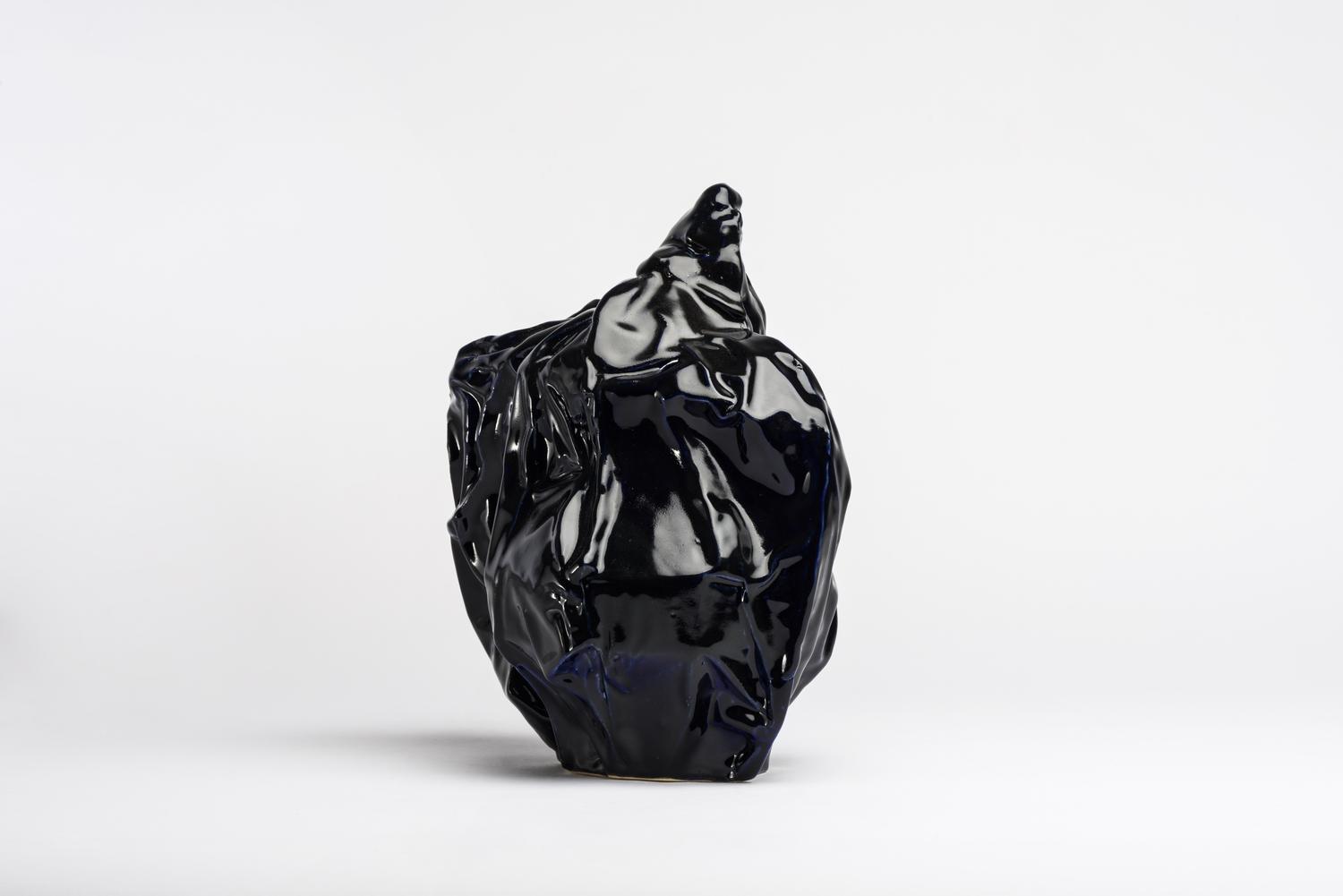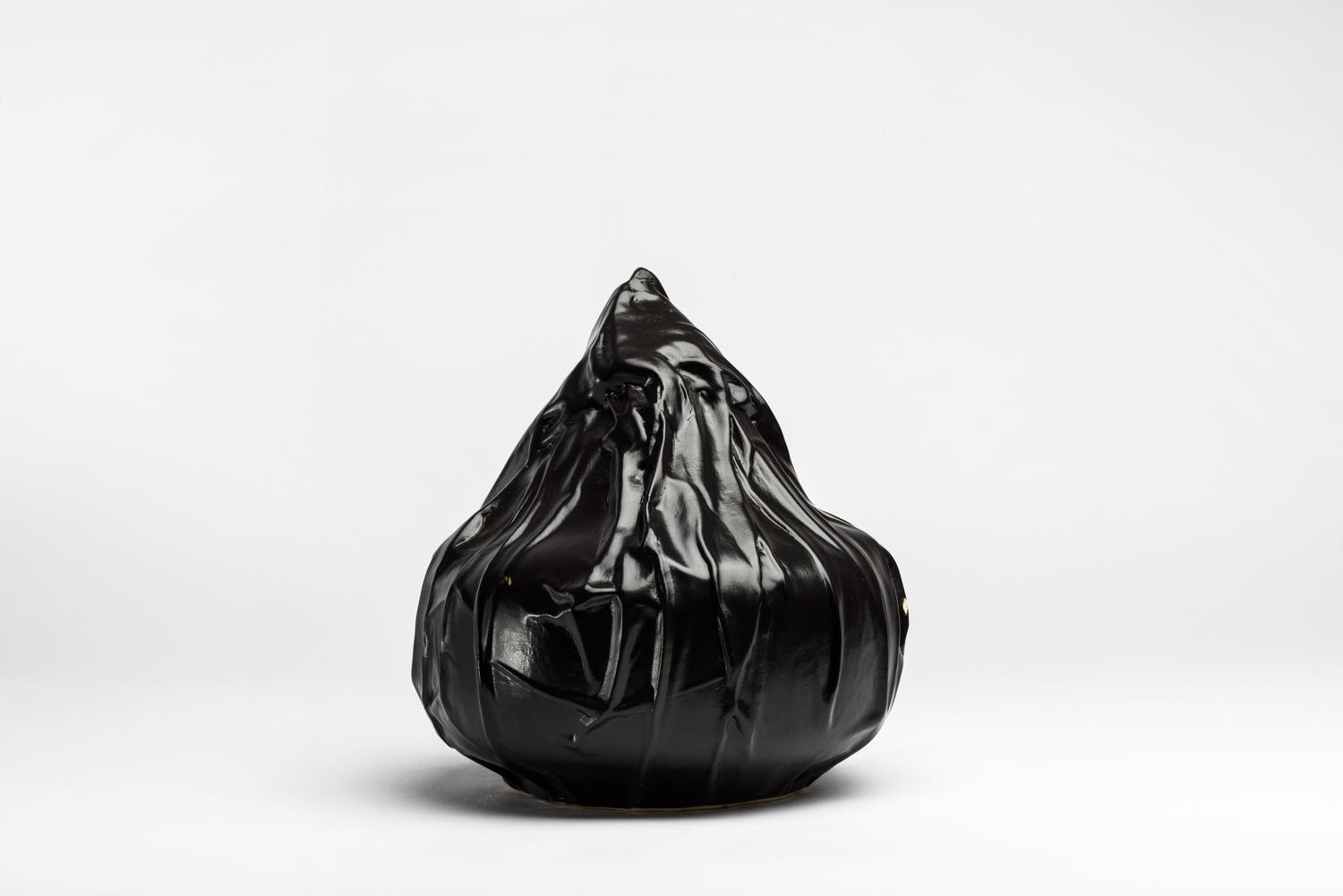2022
Installation, Textiles, Ceramics,
V&A South Kensington, London
Across three site-specific works, British-Pakistani artist Osman Yousefzada explores themes of displacement, movement, migration and climate change
‘Across three V&A sites, his handcrafted textiles, wrapped objects and seating interventions present Osman’s unique and highly personal perspective on modernity and migration, offering a subtle and contemplative space to engage with the objects of his cultural heritage’.
“In that summer light I could see the structures of hope underpinning Yousefzada’s interventions at the V&A. The artist’s choreography of objects, structures and stories weaving together elements from multiple disciplines and geographies to show us how belonging can be claimed and enacted; not as tub-thumping, flag- waving polemic, but as graceful leaps of the artistic imagination. It makes visible the entangled histories whose acknowledgment is foundational to any efforts for collective, and more hopeful futures.”
Hammad Nasar – Curator & Writer
“Everything starts at home. What Osman Yousefzada achieves with What is Seen and What is Not, is a powerful reminder of the fertile creative landscape that the idea of home offers, wherever and however that may be.”
Catherine Ince – Chief Curator, V&A East
“Yousefzada has created these familiar pieces, with motifs and insertions of colonial gates from the undivided India; those imperceptible barriers and uninviting elevations. Now in Yousefzada’s installations, the once mighty colonial edifices and peasants’ humble possessions embrace, in the minimal and sublime language of Piet Mondrian.”
Quddus Mirza – Critic & Curator, Pakistan Times
Commissioned by the British Council, in partnership with the V&A and the Pakistan High Commission as part of the British Council’s festival season Pakistan/UK: New Perspectives – The 75th anniversary of Pakistan’s independence.
Supported by The Rangoonwala Foundation.
Special thanks to the Indus Valley School of Art & Architecture, Berengo Studio, Tevta Lahore and the RCA.

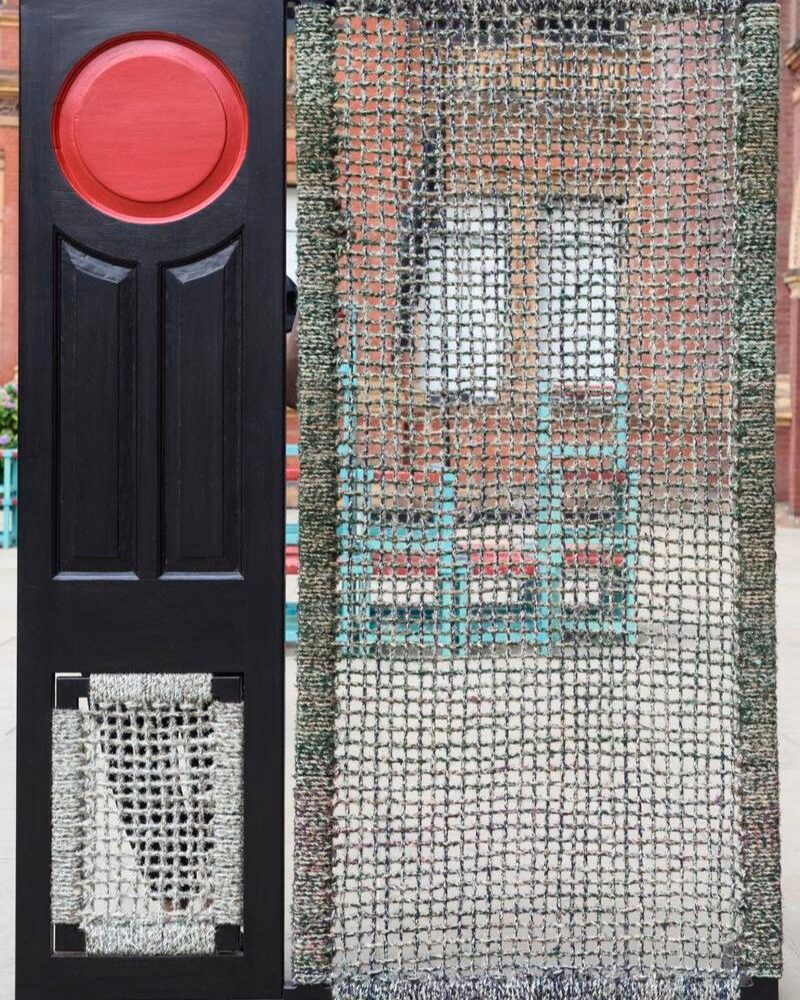
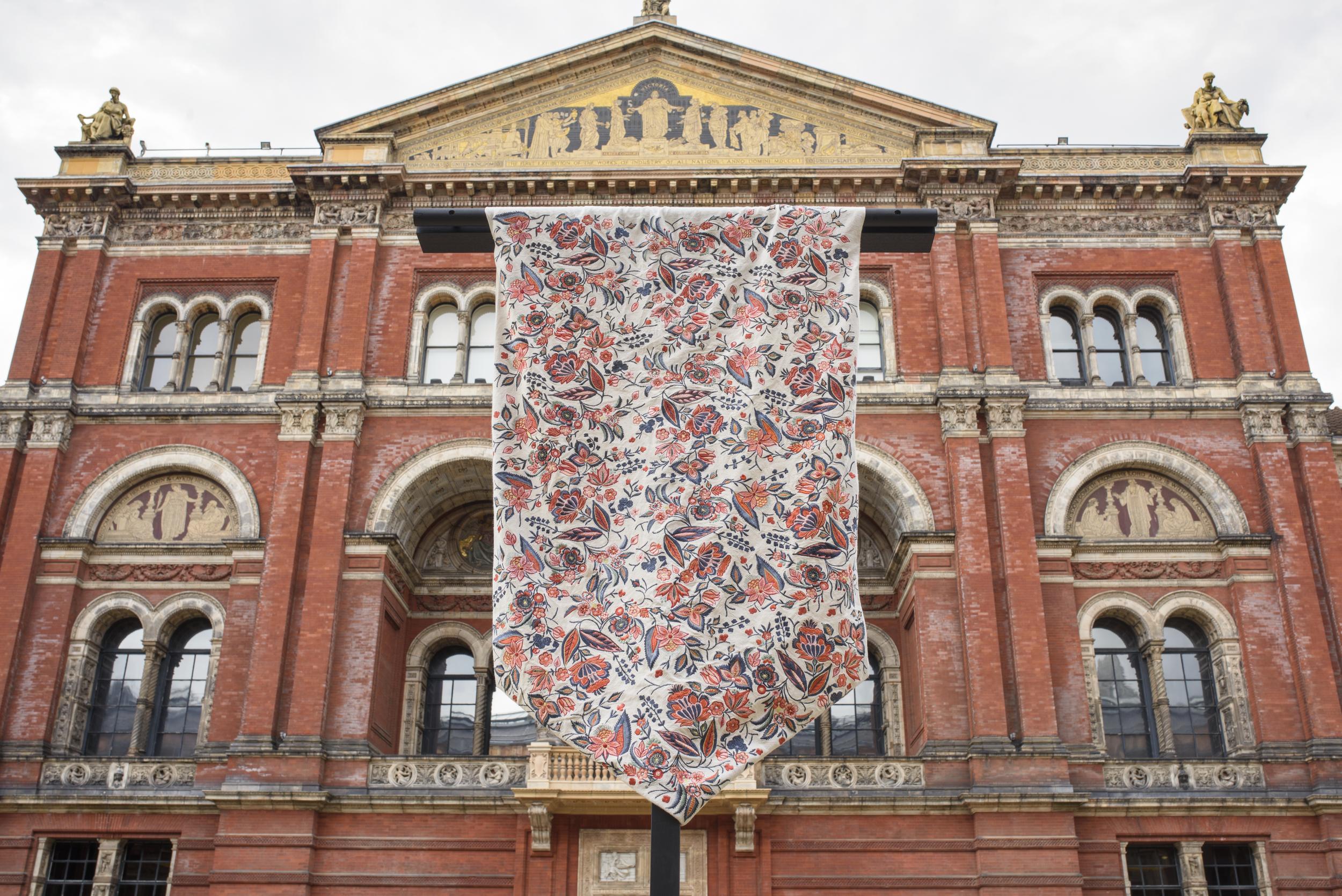
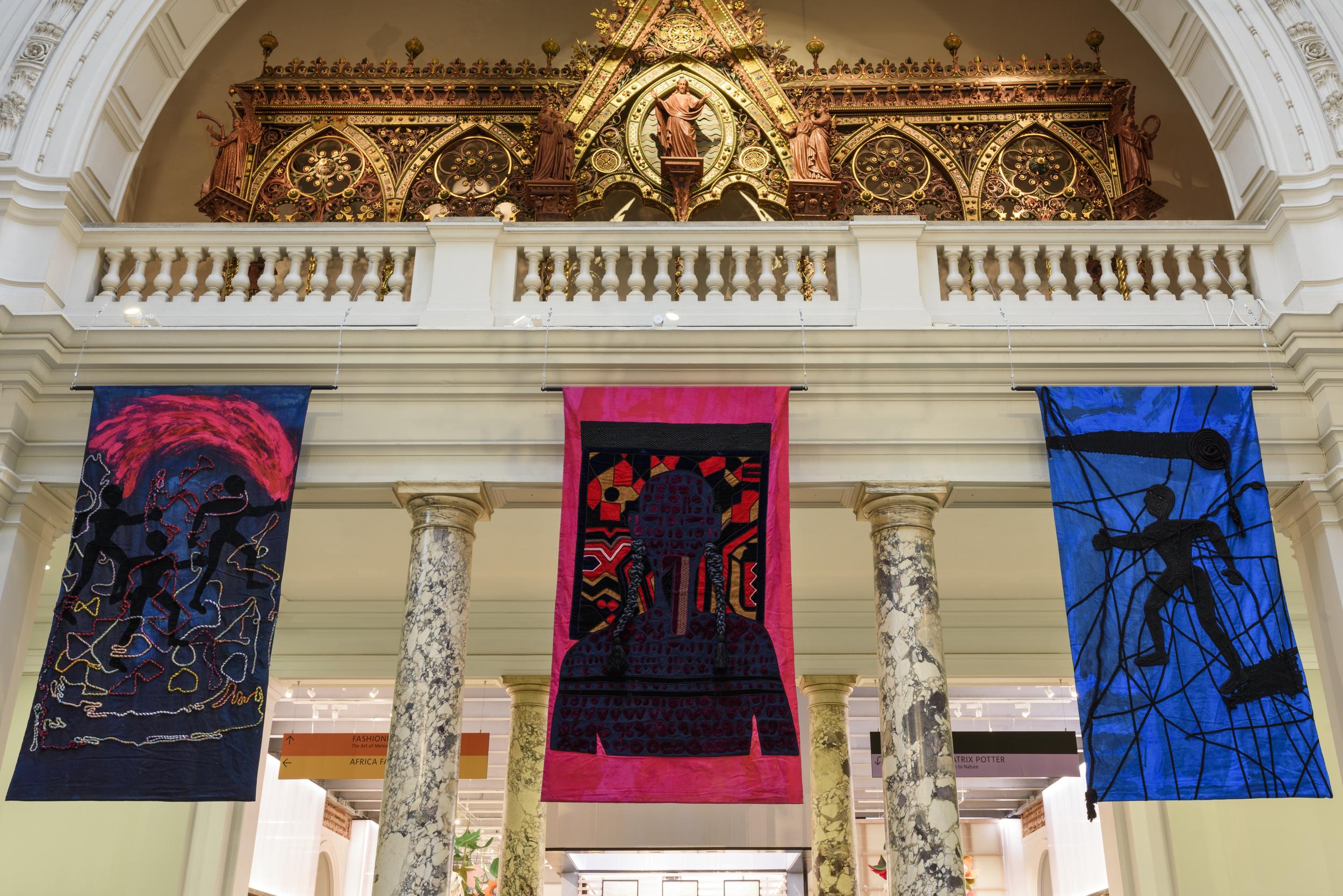


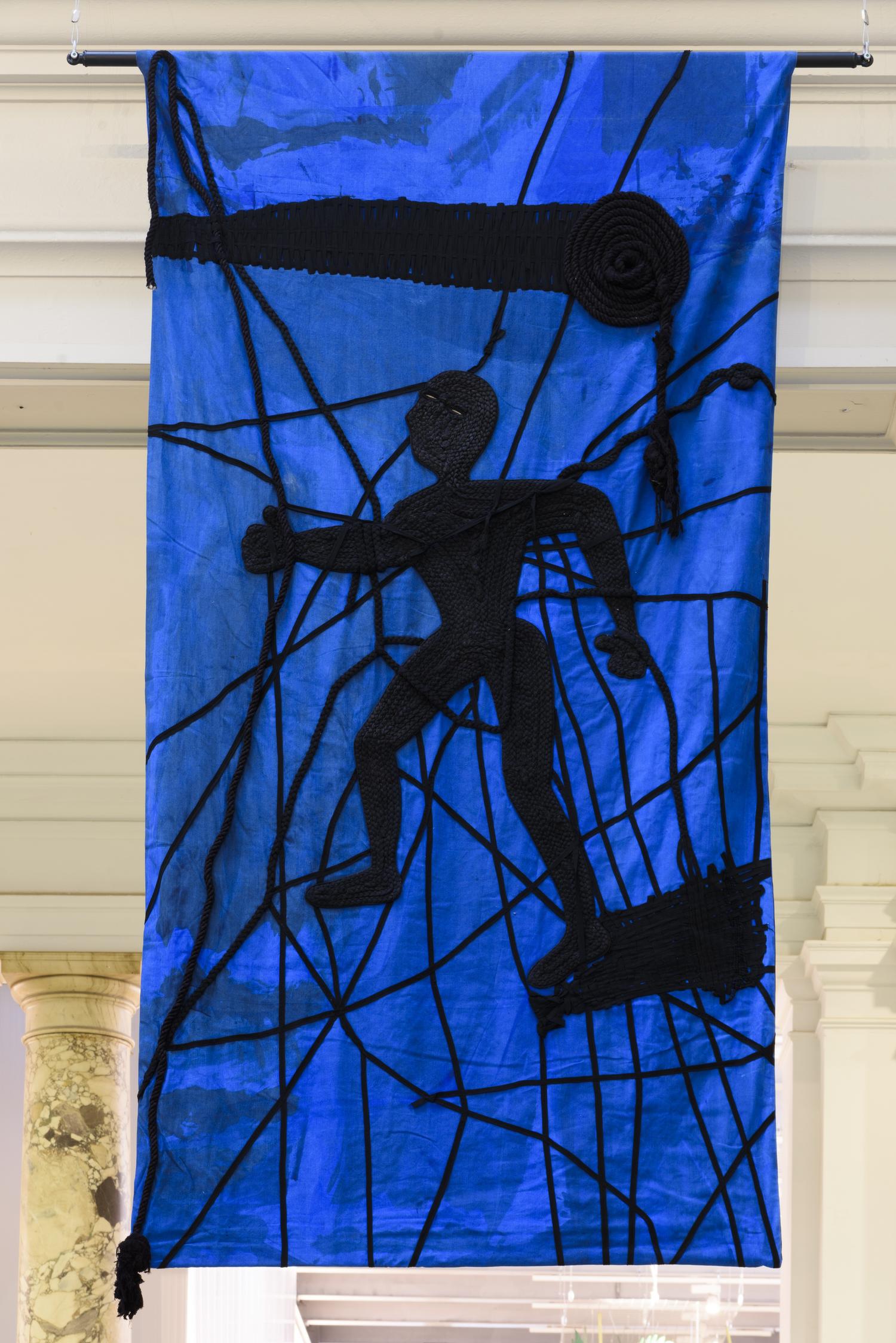
Textile Installation at Grand Entrance
The large canvas tapestries are a hybrid of painting, printmaking and embroidery. The abstracted figures are suggestive of ancient Talismanic figures, and storytelling. They are inspired by the Falnama and the Book of Omens (which became a set of tarot cards for fortune tellers in the Ottoman Empire and Mughal India) and evoke the figurines of Mohenjo-Daro – the dancing girl and the priest King. Derived from Yousefzada’s printmaking, the tapestries represent agitators and the children of Gods and Jinns with a long history of struggle, who do not see themselves as ‘the good immigrant’.

Ceramics Installation at Sculpture Galleries
This work stems from lived experience of female migrant spaces and of how migrant women, like the artist’s mother, occupied space. These predominantly household objects encased in a covering, sometimes fabric, sometimes plastic, were put in plastic bags, for a safe flight or as an act of agency in patriarchal spaces.This work is a tribute to these hidden women who were not able to, or did not possess the codes to integrate. The folds and knots of these sculptures were their marks of identity and ownership. The abundance of these objects has become an altar to female migratory experience.


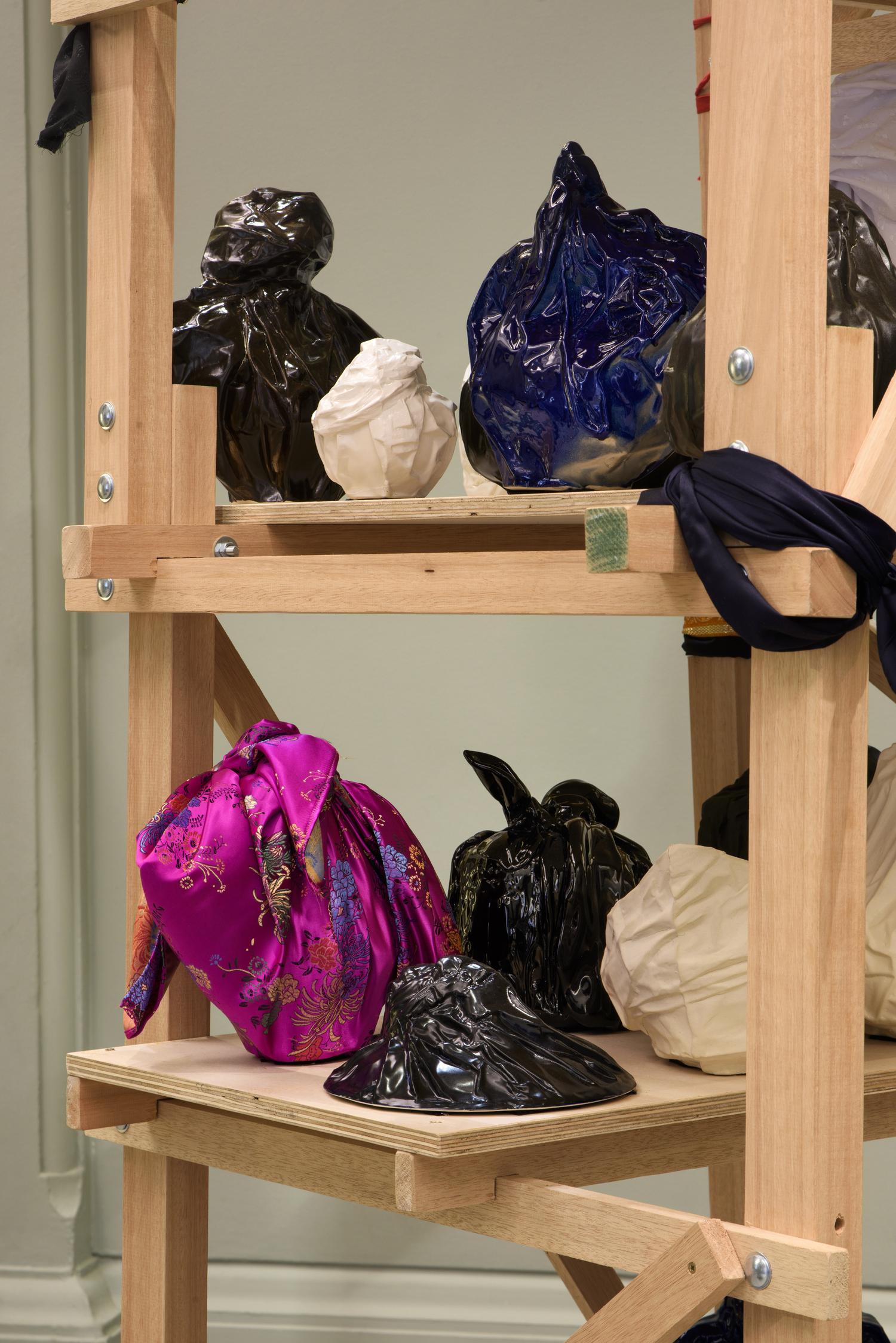
“These small cast forms might be thought of as anti-Christo in that they refuse to be defined by the material objects that they appear to conceal. It is not so much what is covered but rather the act of concealing that gives Osman’s sculptures a political charge – that is in direct contrast to the grand gestures that characterise the image spaces of Christo and Jeanne Claude’s wrappings. The ephemerality of Osman’s wrapped objects is fixed and made permanent, not through the mutation of object into image, but rather the transmutation of domestic objects into sculptural form.”
Professor Jaspar Joseph-Lester, Head of Sculpture RCA
